I also got the impression that many of the birders I met were actually just on a day trip from one of the resorts on the north coast. I guess that's why I am writing this report full of enthusiasm that I have actually found something to share that might be of great appeal to a wider audience.
No doubt a pro guide can be very useful in showing you specific places to find specific birds but if you have the time to wander you may well find them yourself eventually, you might also find other tips of where to go on trip reports such as this one.
Some species seemed to be very easy to call in if you had a voice recorder but I managed to find most species without.

In truth they were a bit more relaxed too which is what you'd expect!
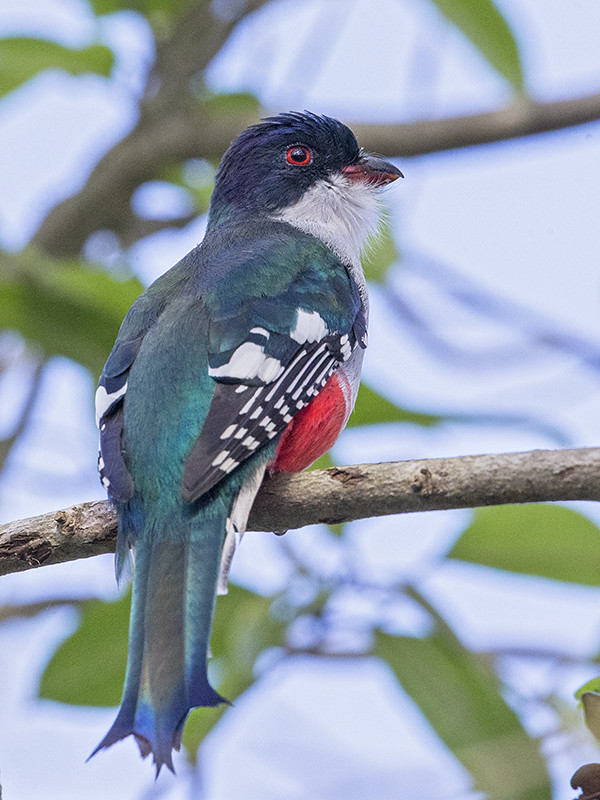
After all they weren't feeling threatened.
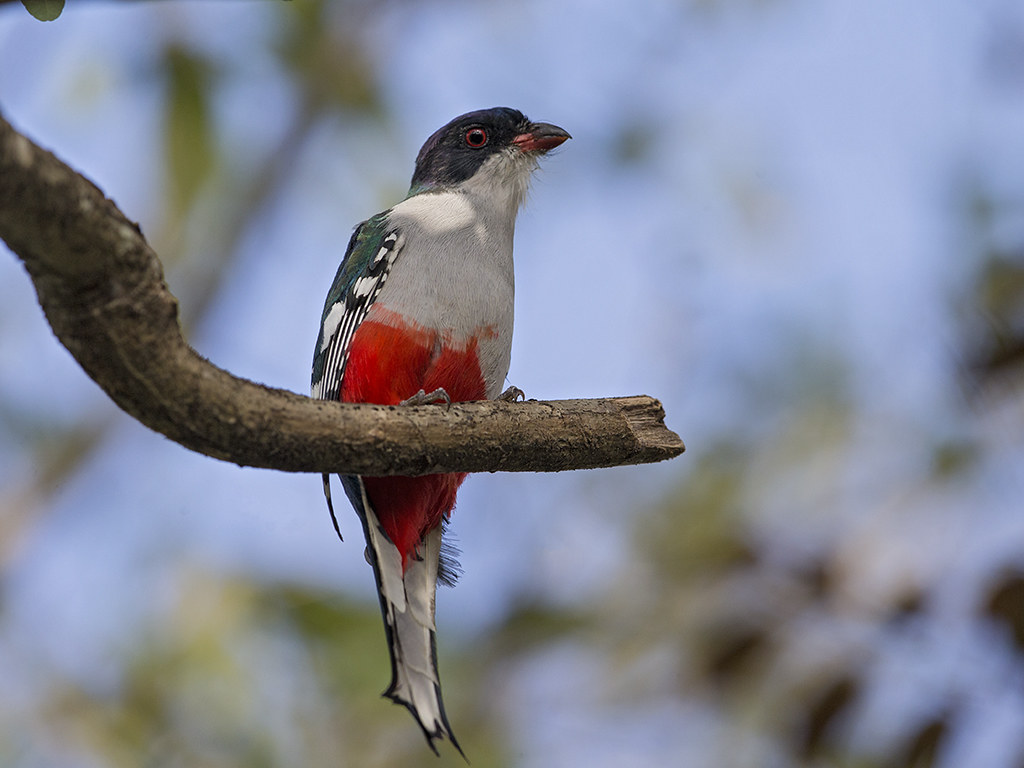
I only found a Trogon on two occasions, the Tody was seen reasonably often.
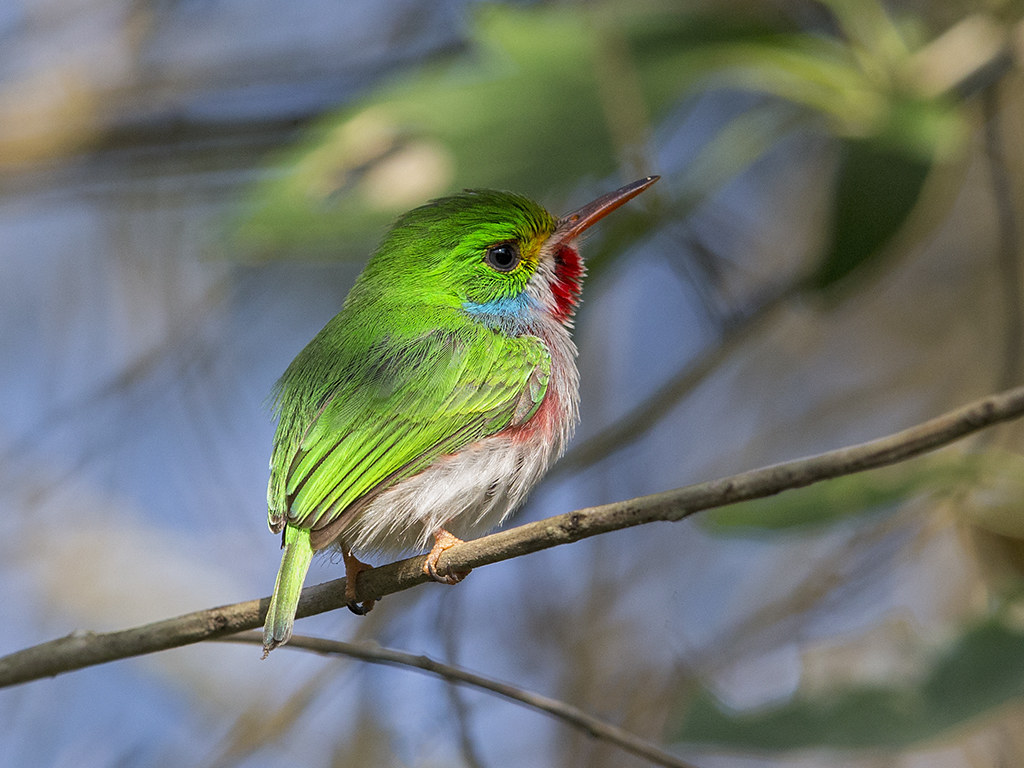
Never in as good a position as on the first sighting though!
Woodland birding is very challenging for me. Not only trying to cope with variable light but trying to get a clear shot of your subject.
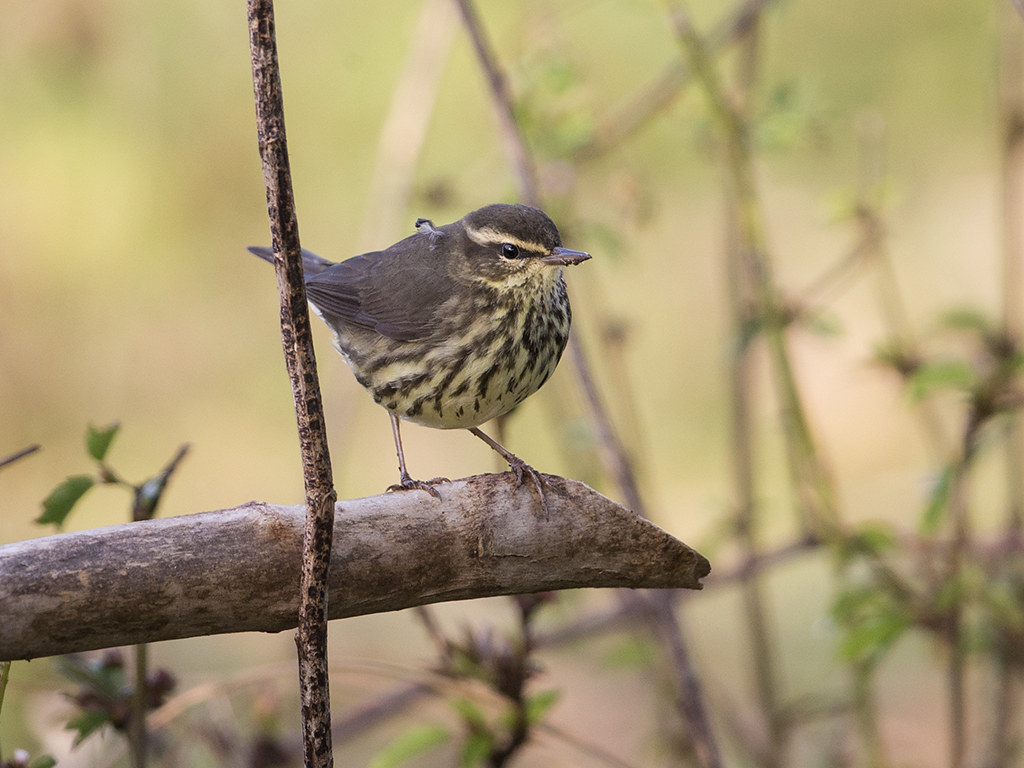
Bits of branch getting in the way of both the Louisiana Waterthrush
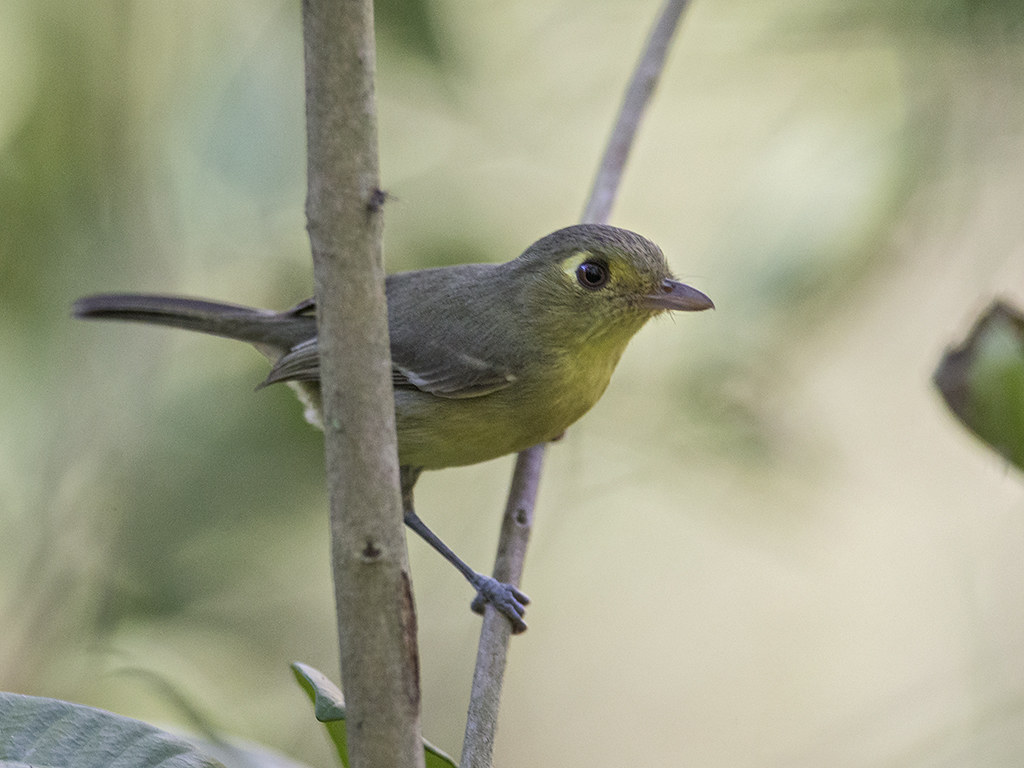
The endemic Cuban Vireo
Northern Parula
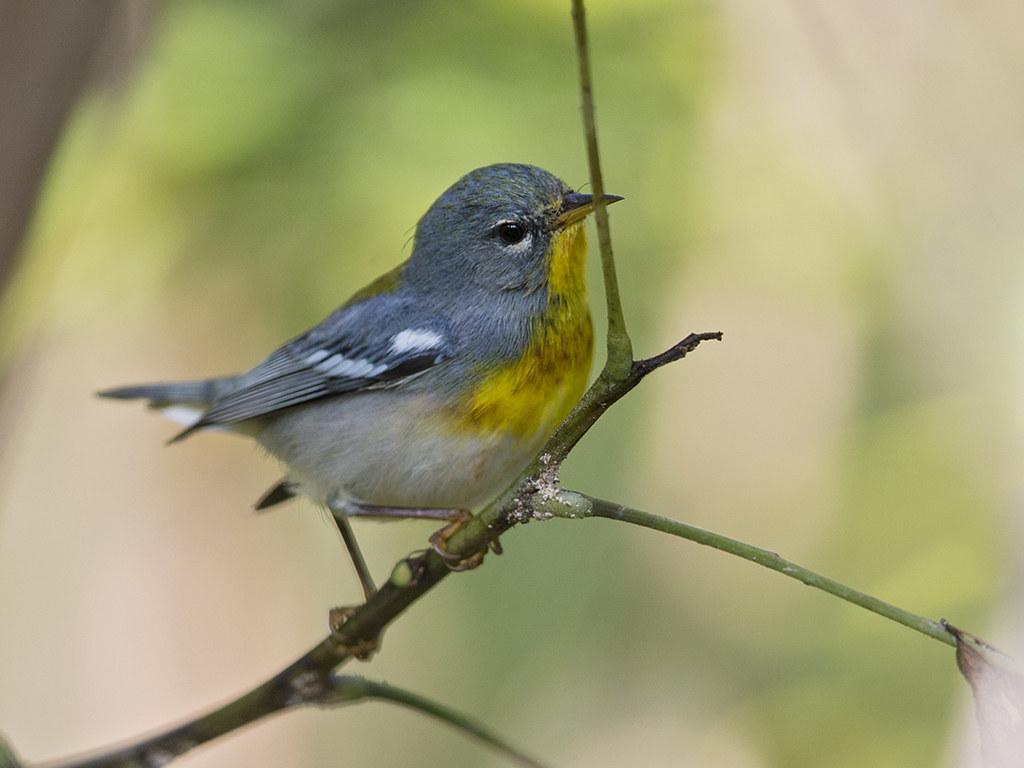
The Black-throated Blue Warbler
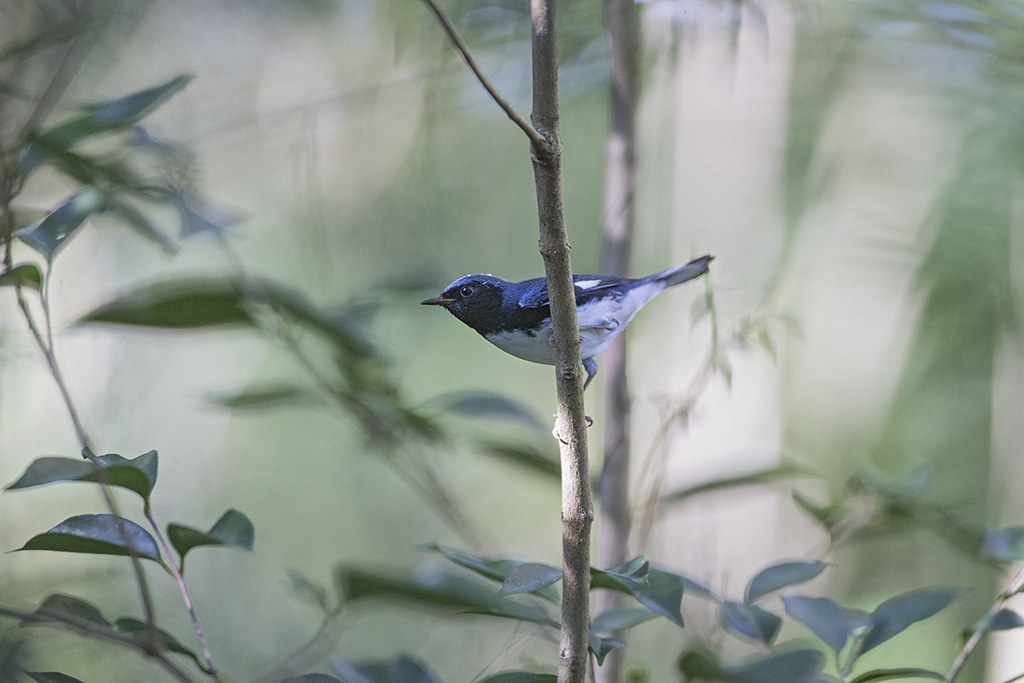
Blue-grey Gnatcatcher
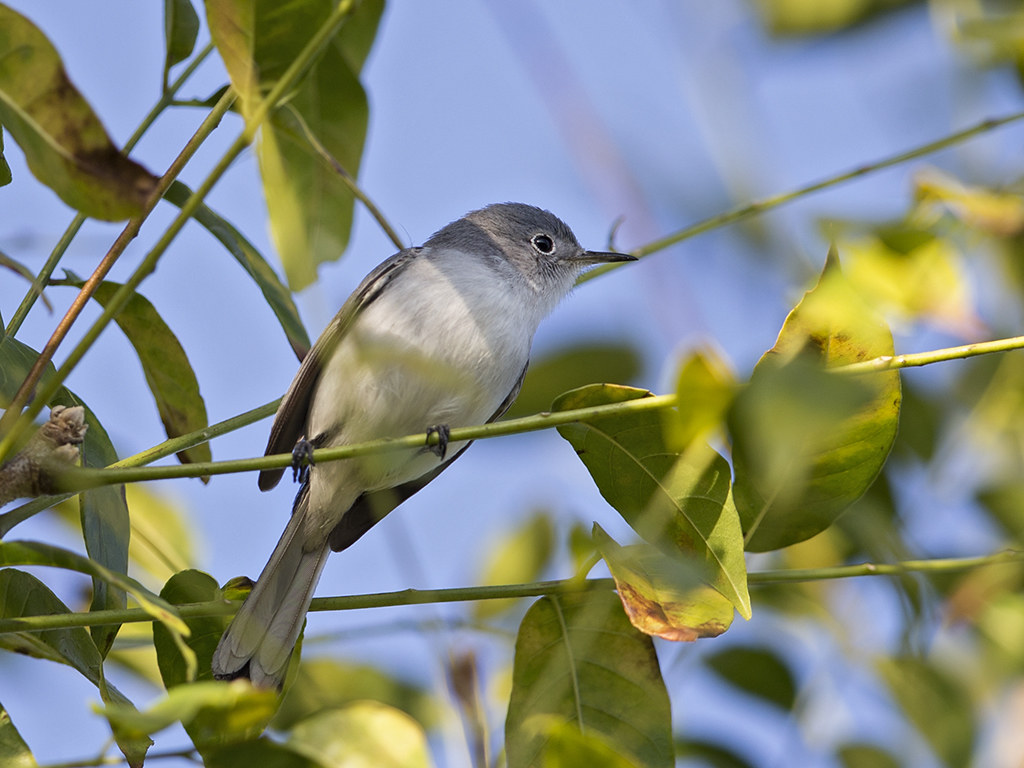
Well everything really!
One or two species were more likely to appear in the open, the Flycatchers being a prime example.
Lasagra's Flycatcher.
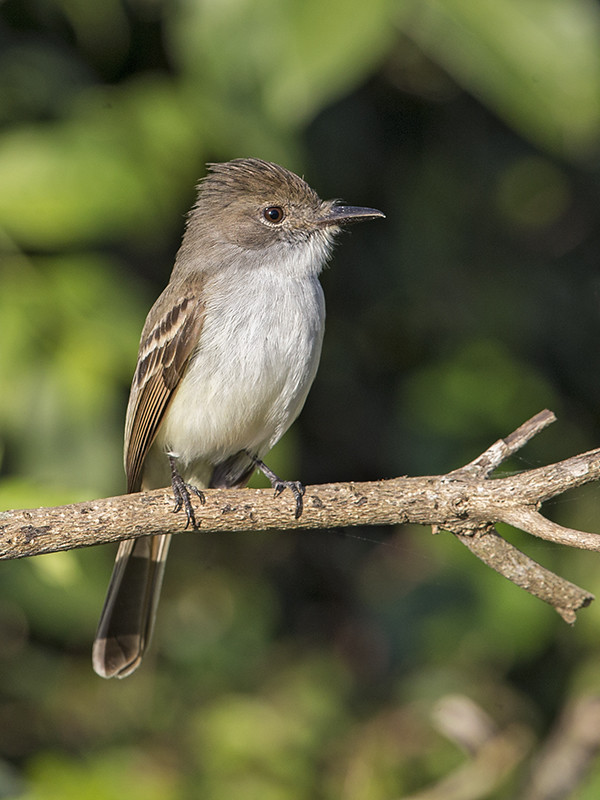
and the confiding Cuban Peewe.
The Grey Catbird favoured both woodland and open space.

When all else failed you could always guarantee the Northern Mockingbird would line up for a shot.
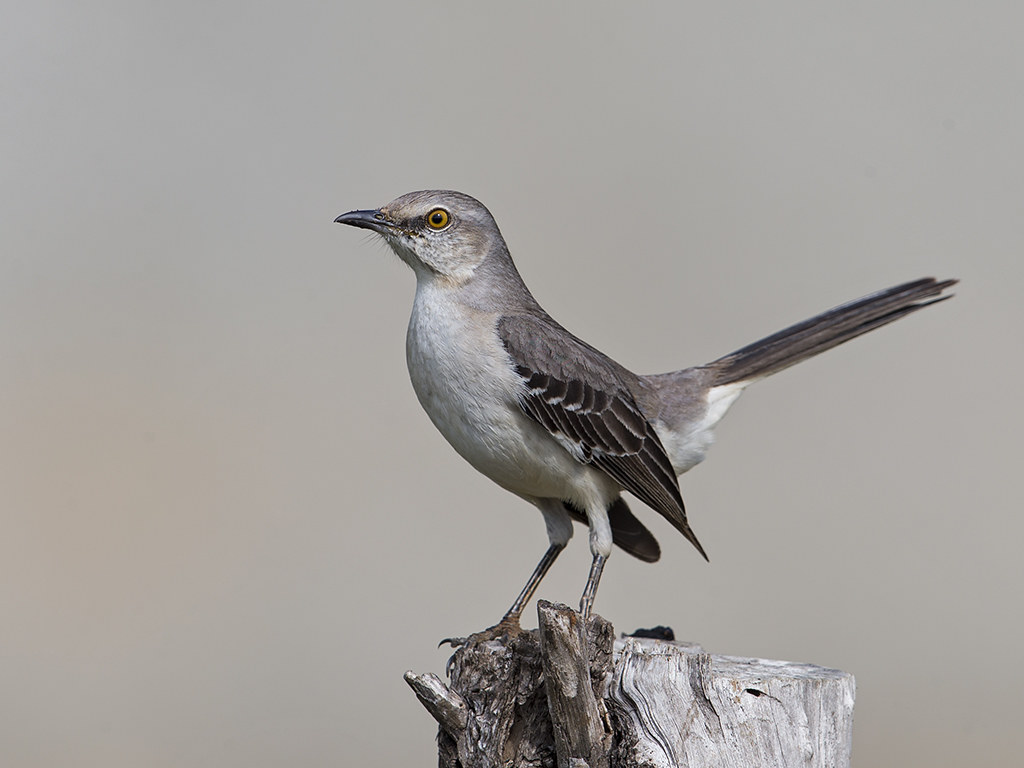
The two most commonly seen Warblers were Prairie
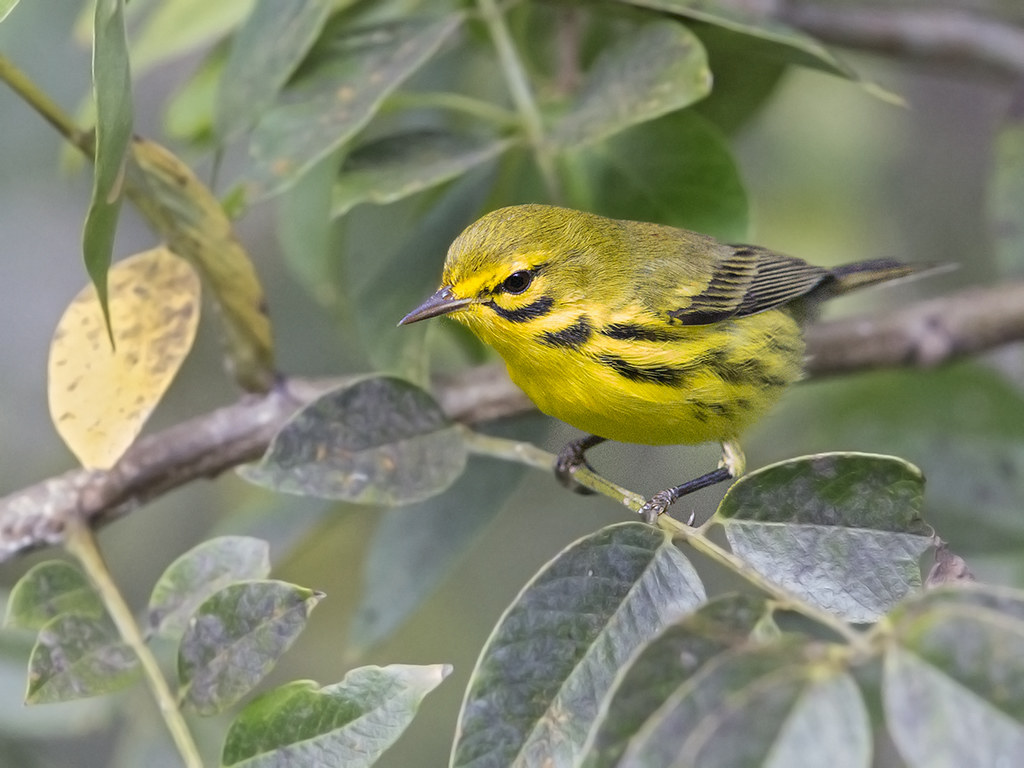
and Palm Warbler. Both often out in the open.
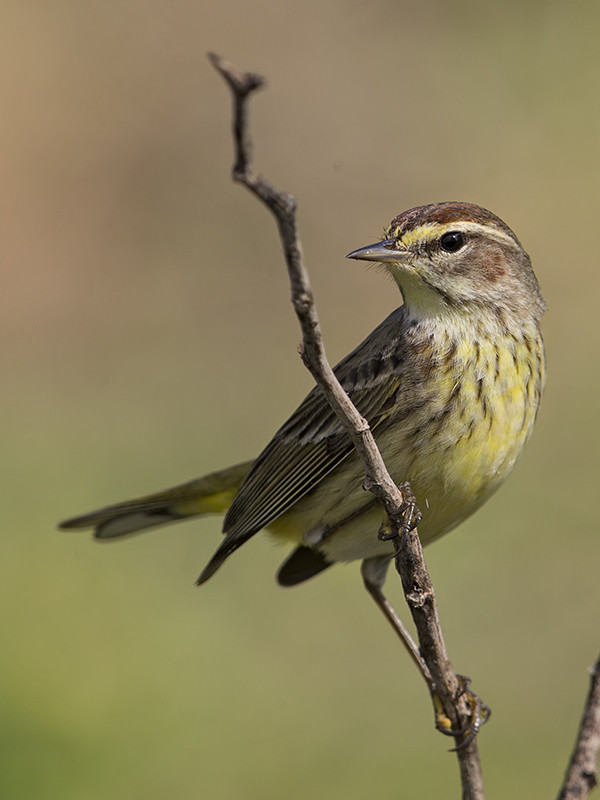
The American Restart was another commonly seen bird and they seem to be happy to come down to hunt on the floor which gives a better chance of a clear view but as their insect prey tend to stay out of brighter light the shot poses it's own problems.
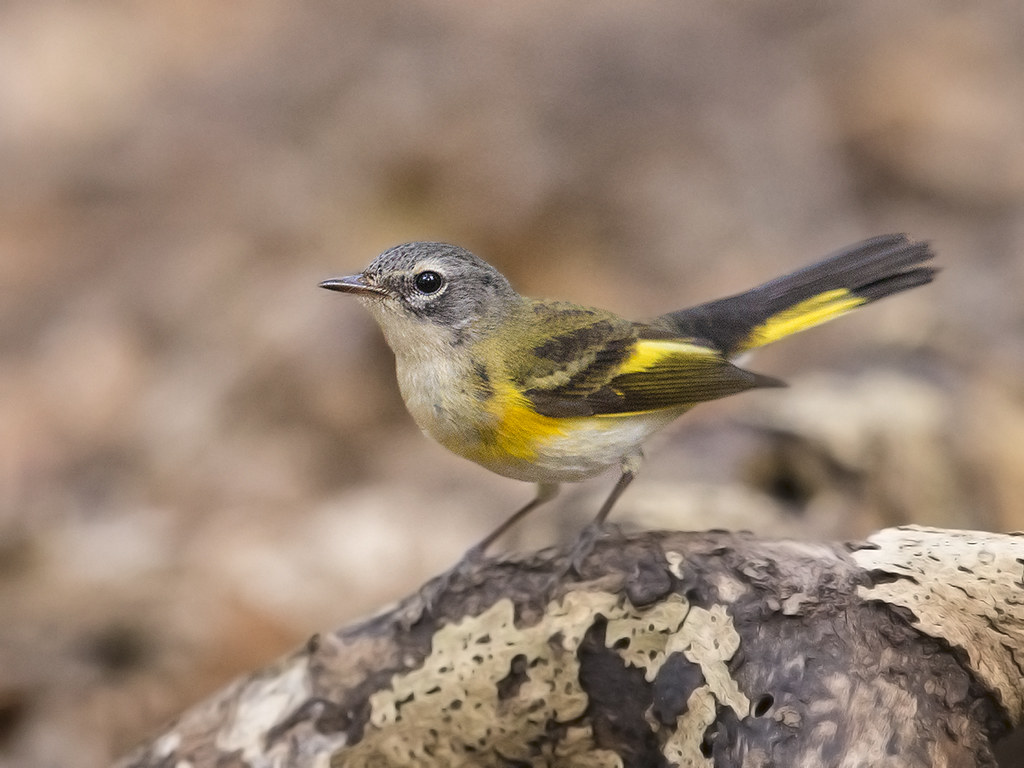
When you are mobile a more hand holdable lens is a big advantage. I missed out on the Fernandina's Flicker because I was messing about with a tripod. I was taking it with me now but avoiding using it if possible as it lost precious moments trying to set it up when surrounded by undergrowth. My 600mm lens is just on the limit of my ability to hold still for , hopefully, a second to two. You still need a faster shutter speed though so depth of field was the regular loser in many shots.
Side on things don't look as bad, particularly in a pool of sunshine like this female Yellow-faced Grassquit.

But if you have the time, particularly for long distance shots where focus accuracy is important, a tripod is essential.

I did wonder though if I had made a mistake and should have brought my 500mm lens instead.
For flight shots it's the perfect tool. The 600mm is just that bit heavier to balance and the missed focus shows.
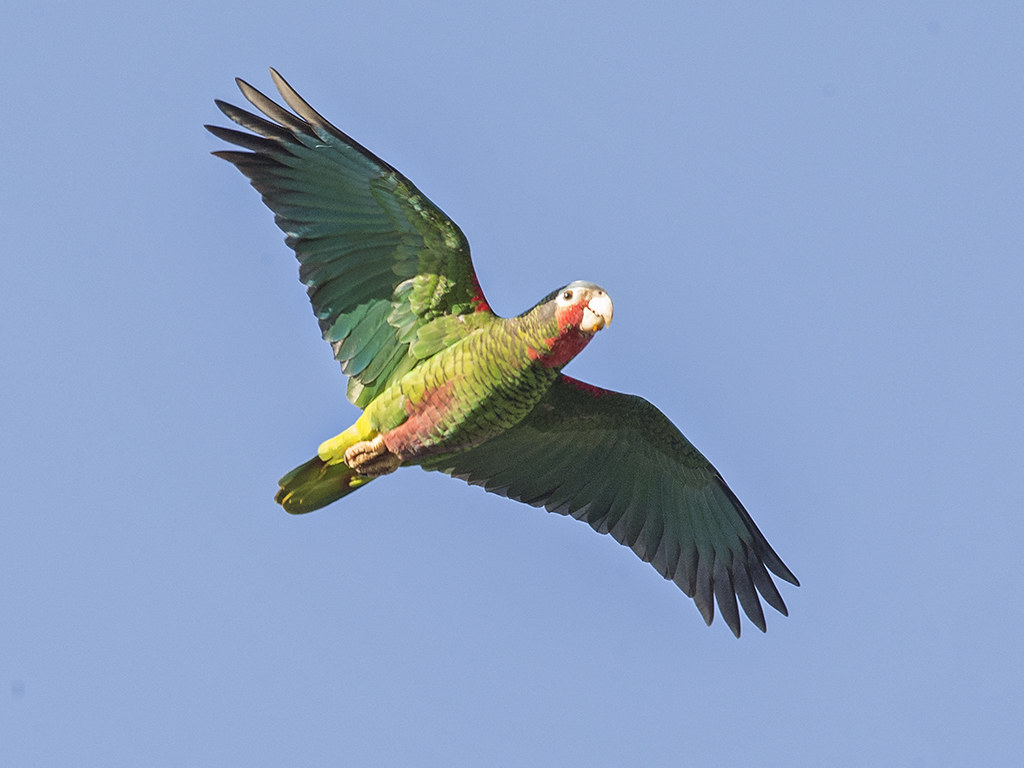
Ah well. Maybe next time.
When I wasn't out in the Soplillar woods, another reason that makes Playa Larga the perfect venue is it's proximity to some superb swimming and snorkelling. Something that Claire and I could do together. To make life interesting I had also bought myself a waterproof underwater camera. The Olympus Tough. What a cracking little camera and at the price I paid, £203, an absolute snip compared to the rest of my gear.
Our first trip out was to the Cueva de las Peces.... yes, I admit it, the extra motive was the birding opportunity I had discovered with Gwilliam the previous day but we soon discovered that even with a slight swell, access to the sea is a bit tricky, particularly after 10.00am when the crowds begin. We didn't stay too long but a day or two later we returned at 8.30am, this time with Tony's brother Arial.
Arial is a fisherman by profession. He uses both hand lines and harpoons. He tells me in his younger days he could swim down to 20m depth, now he says 5m or so is his limit. Me I stick strictly to the surface!
One of the tricks we learn't was to fill a plastic water bottle with breadcrumbs, you then fill that with water and occasionally removing the cap, squirt some crumbs out for the fish. Simple but very effective.
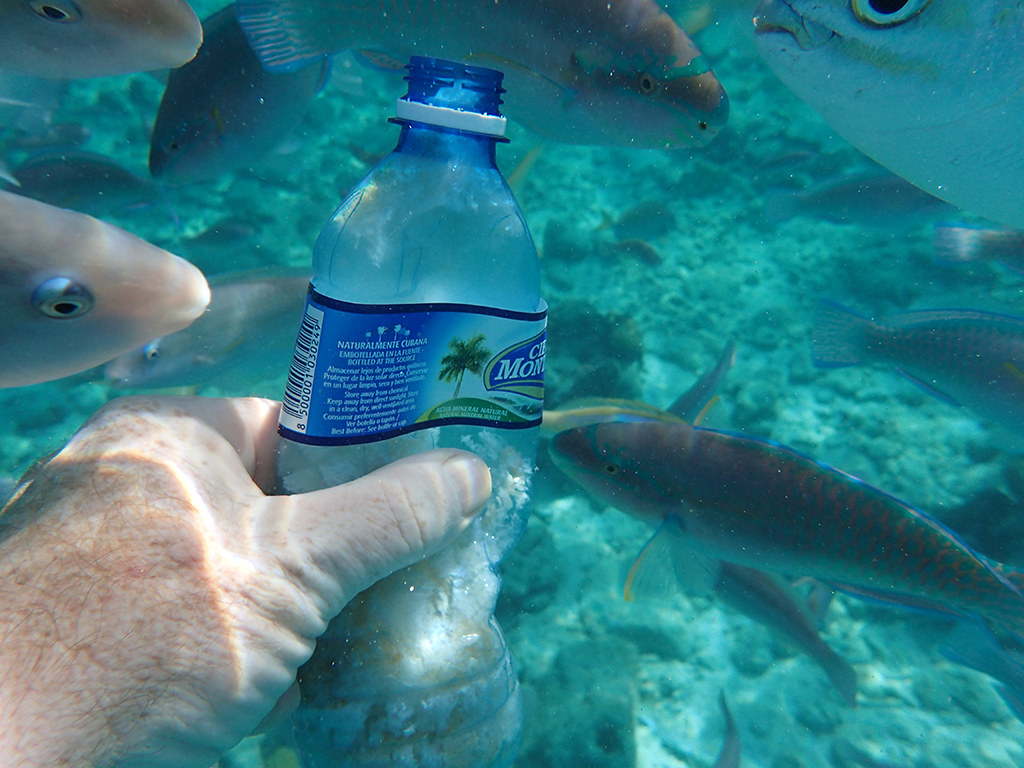
The fish can end up too close!
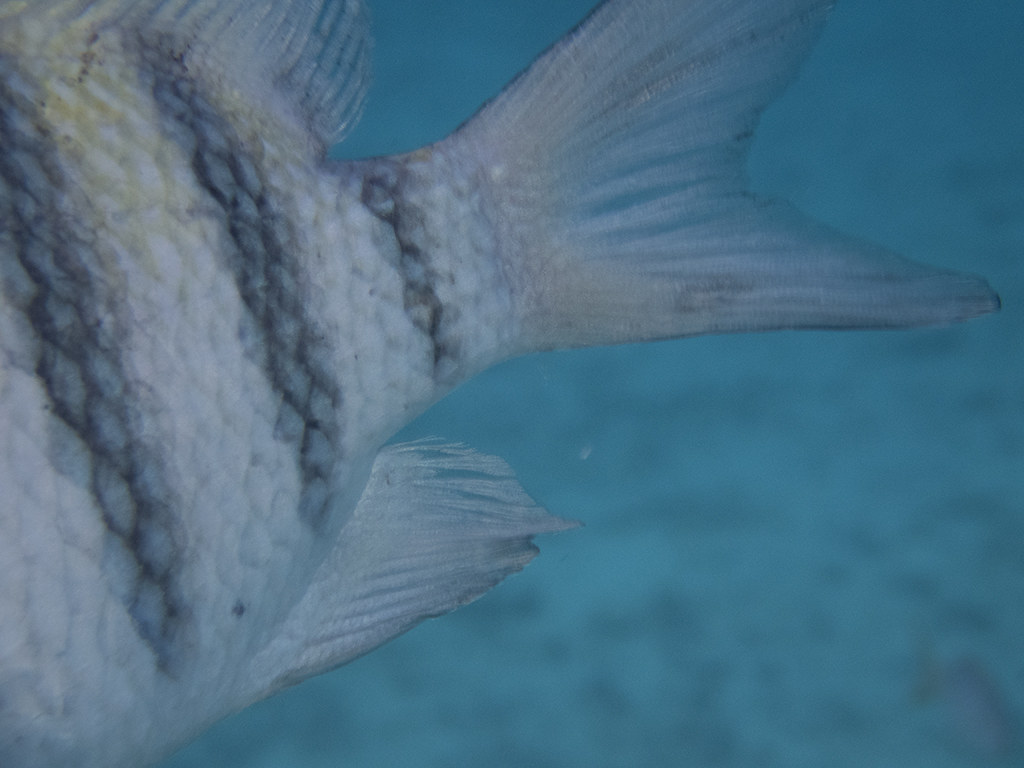
With Arial well below it gave perfect views!
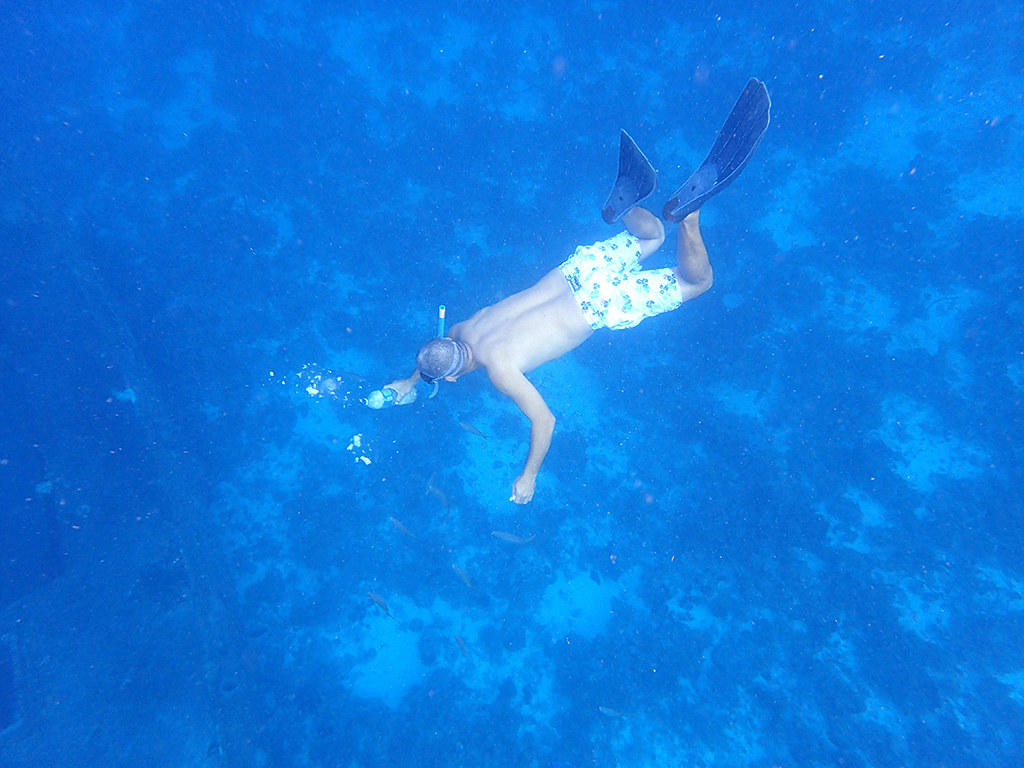
He could also guide us to the exact spot you can find the wrecks of American landing craft.
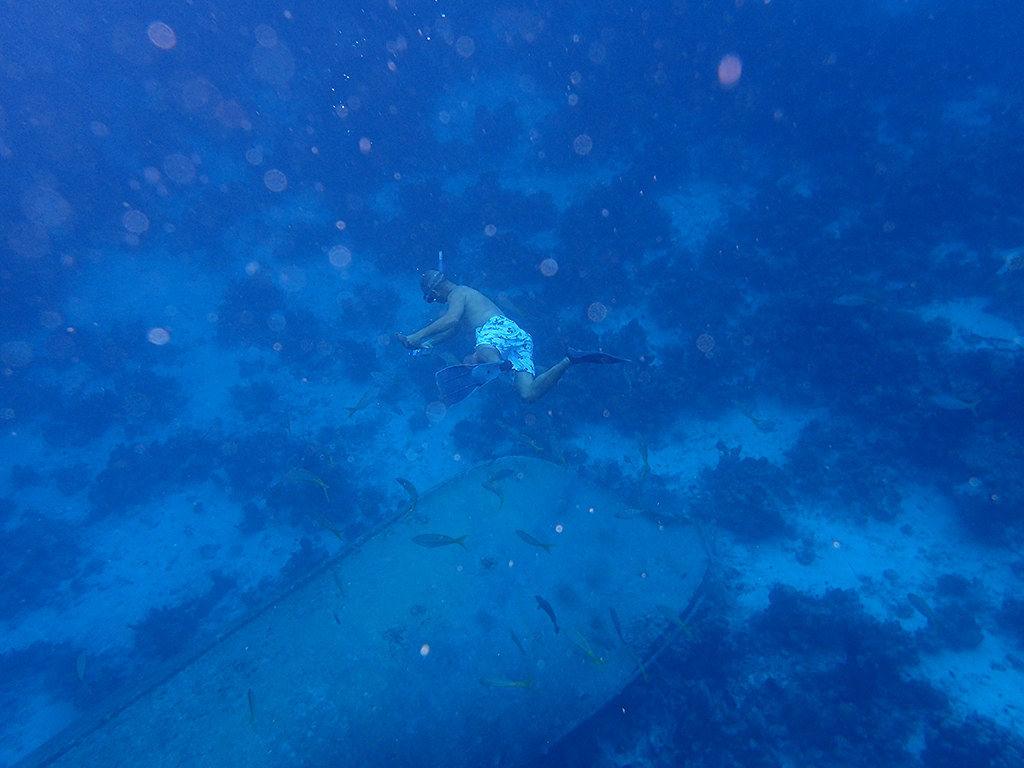
The best place for snorkelling was probably the place I had been taken to see the Red-shouldered Blackbirds. You are expected to pay to go in, but Arial knows the people there so, being early too, we had a free visit.
I made a $20 donation for what was the excellent services of Arial's guiding. A brilliant morning and a definite highlight of our holiday.
I need practice with the underwater photography. Without my glasses on it's difficult to see but I did get a few shots that came OK.
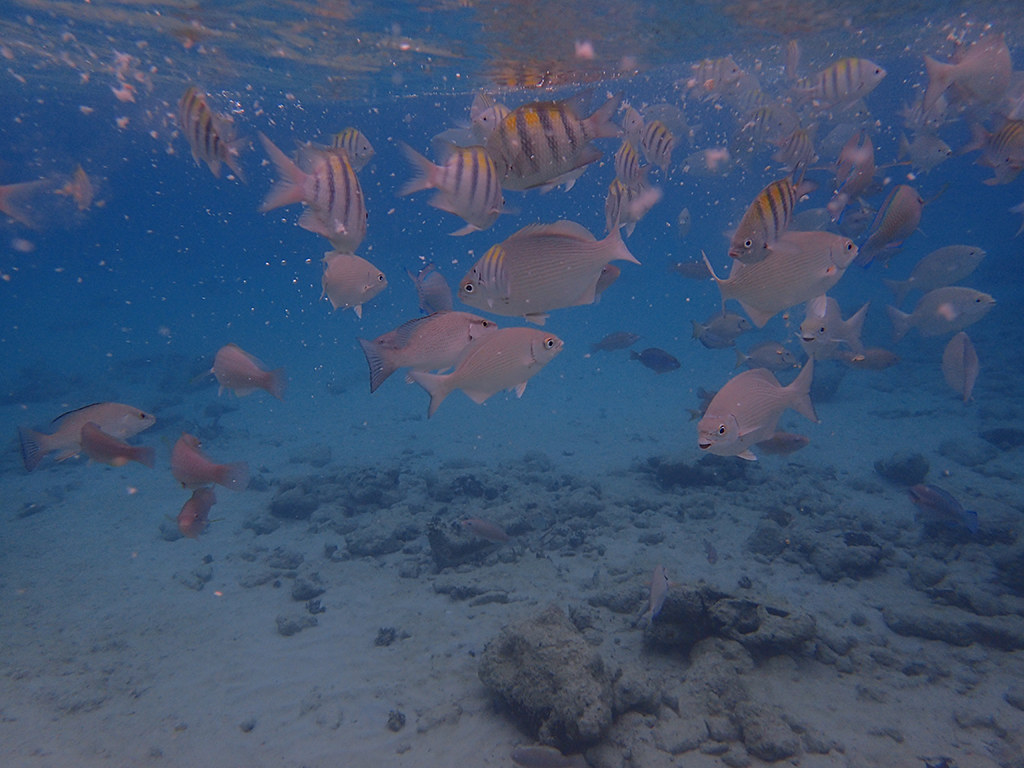
and where better to practice than right in front of our Casa!
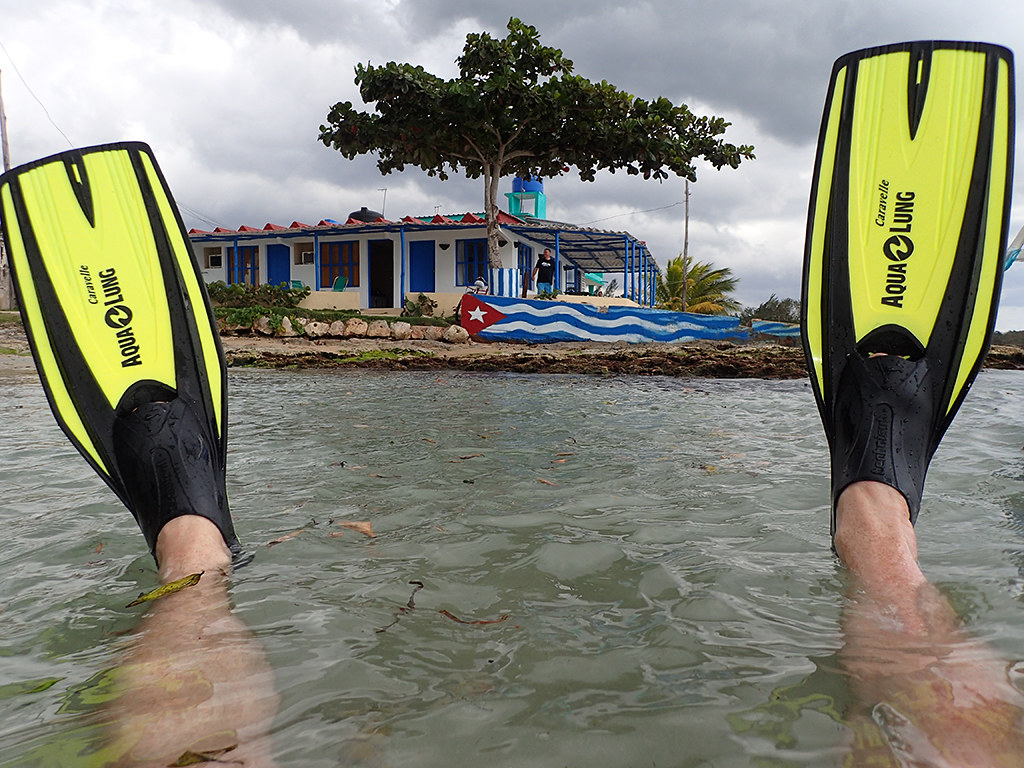
Yes, the perfect location for a birder/non birder partnership.
Of course there was one other location that kept on drawing me back !
T.B.C.
No comments:
Post a Comment